Danelectro Dead-On '67 (Coral Hornet) Guitar (1/3)




This beauty is Evets' reissue of a 1960s Danelectro Hornet. The solid-body Hornet has the same body outline as the Silvertone 1452, a sort-of cross between a 1457 and a Fender Jazzmaster. But unlike the slab-sided 1452, the body of the Hornet is a continuous curve, front and back, with a completely rounded edge. ( This is as sexy as a guitar gets, but makes it a little slippery on your knee. ) The reissue from Evets has the same contours as the original, and even the same 'lightshow' pickguard. The three-tone sunburst on this one was an exclusive to Guitar Center. I picked this one up as an 'open-box' from their subsidiary Music123 for a song, so to speak. The body was originally slathered in dullcote, which I polished off, resulting in a beautiful shine with just a bit of orange peel that I left.
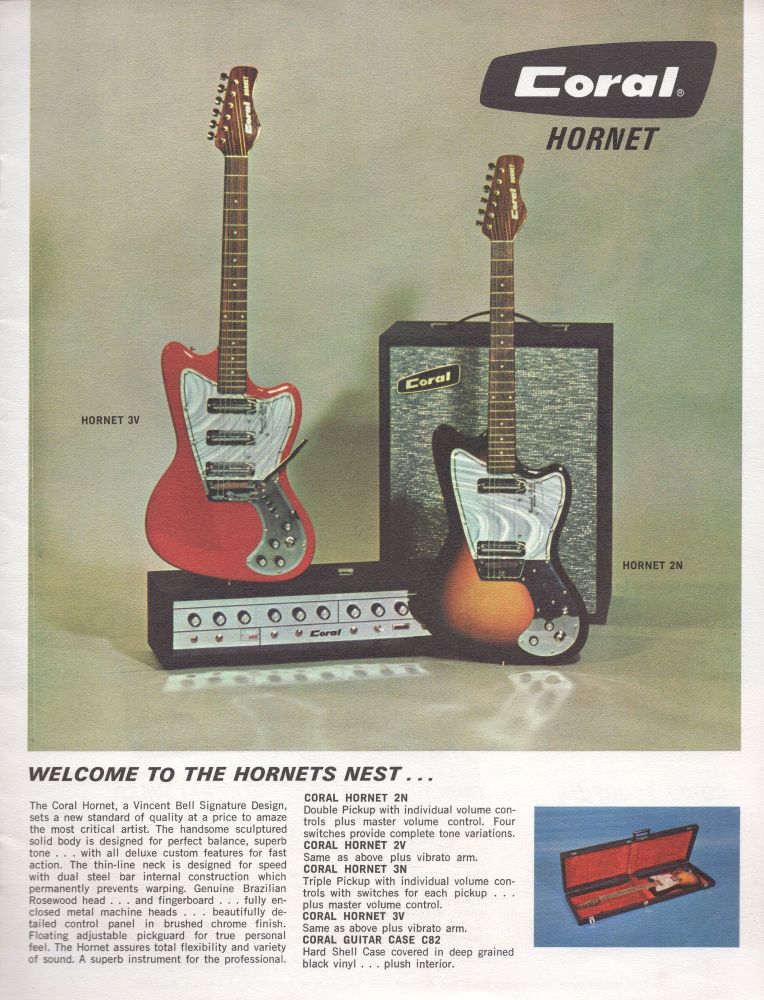
At this point, Danelectro had been bought-out by MCA. Danelectros were no longer sold to the masses in the Sears catalog. Coral was MCA's attempt at re-branding, to go head-to-head with the big boys, Fender and Gibson. It didn't work. Instead, Danelectro folded not long after.
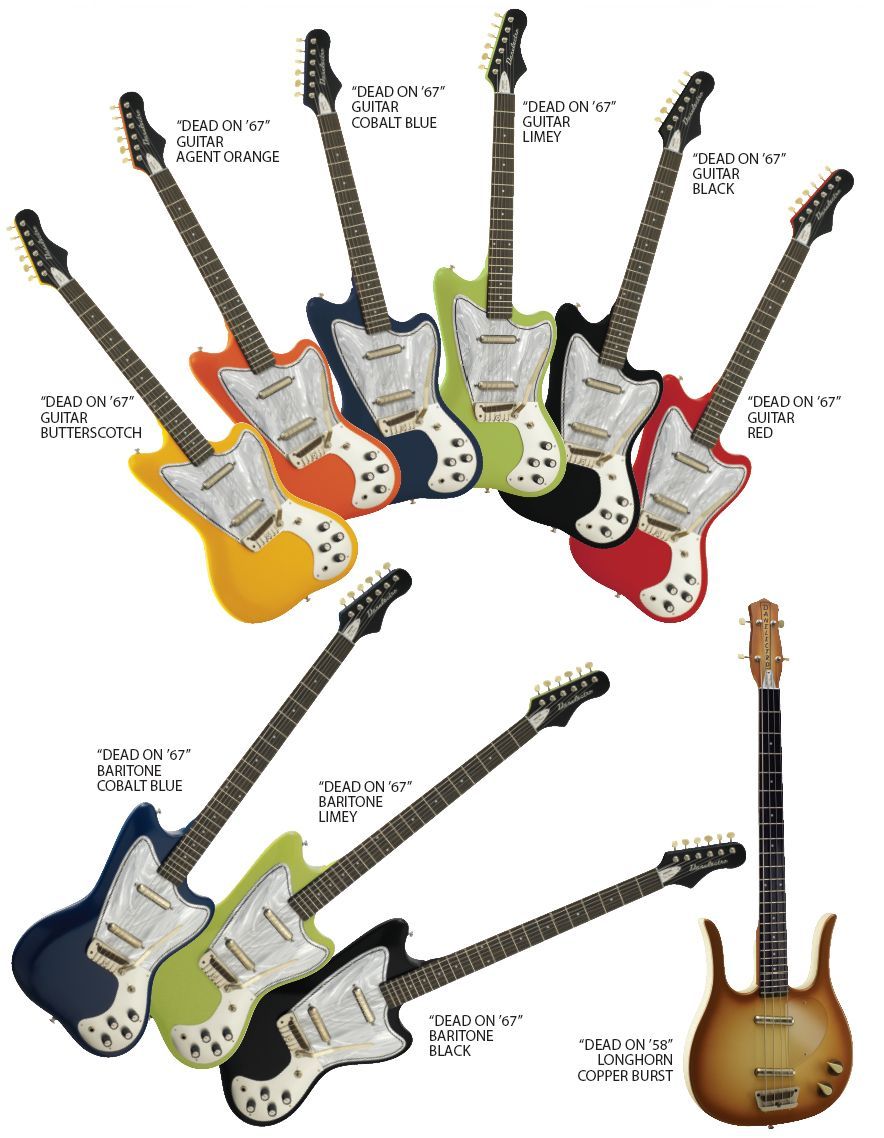
You can see that Evets really went the extra mile with this reproduction. The only thing missing is the chrome pickup surrounds. Apparently even the tomato-red color is authentic. It's a pity they didn't go with real chrome though. This guitar is supposed to have a tremolo, which works by pivoting the bridge plate on the two forward screws, and replacing the aft screw with a spring-loaded bolt. It works about as badly as you would expect, and I converted the guitar to a hardtail.
That's where the good ends. This guitar is a prime example of Chinese production quality, or lack thereof. Due to shoddy materials and finishes, this guitar has aged badly, although seldom-used and carefully stored. When I took it out for some photos, I was shocked. This is what it looked like when it was new:
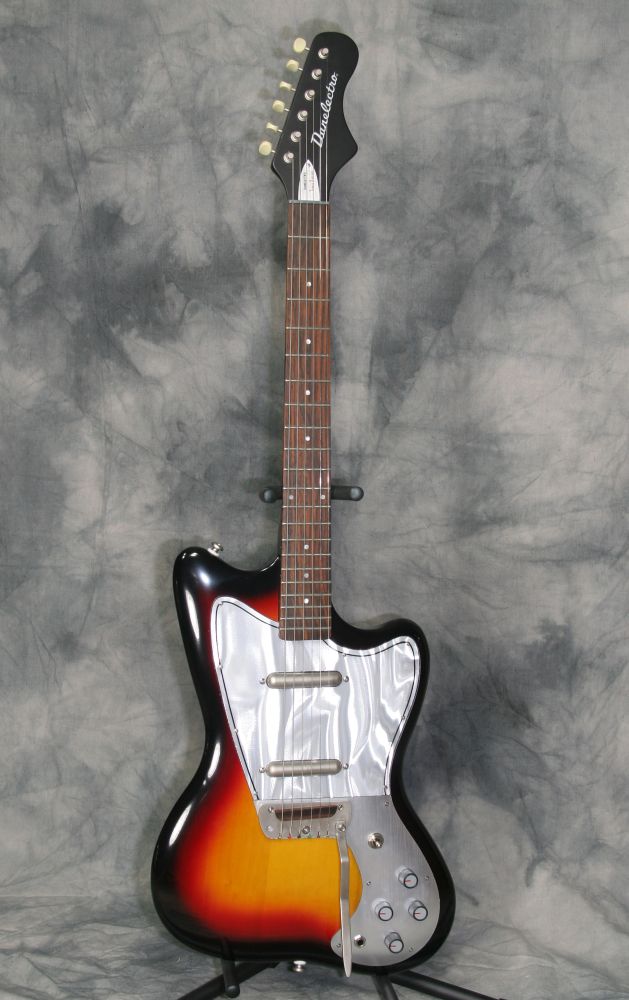


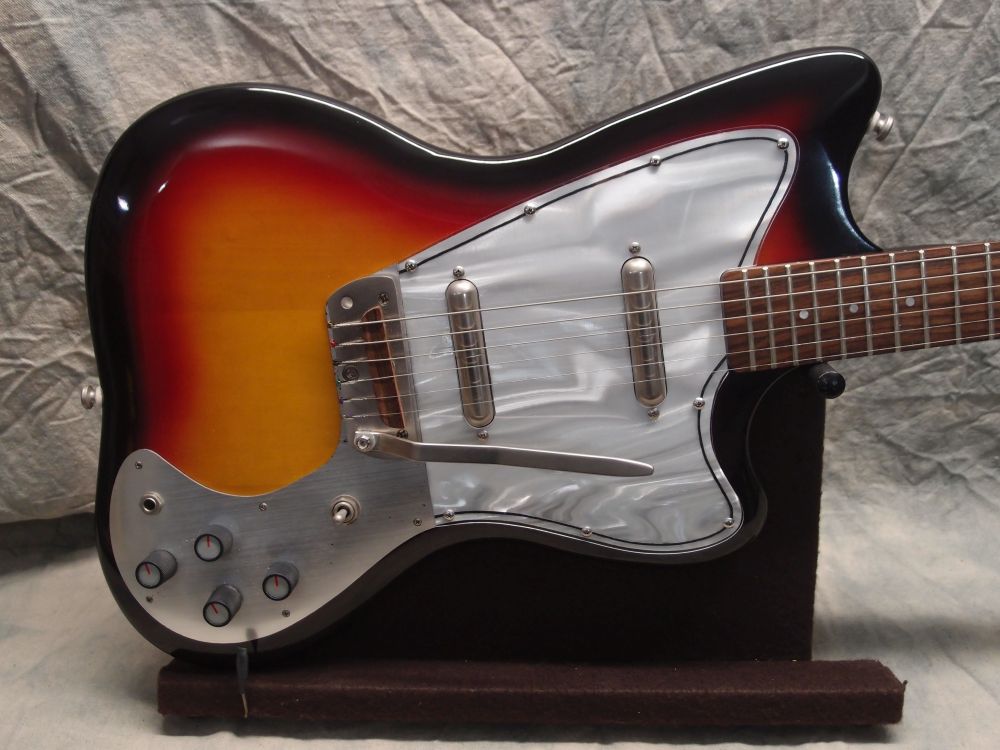
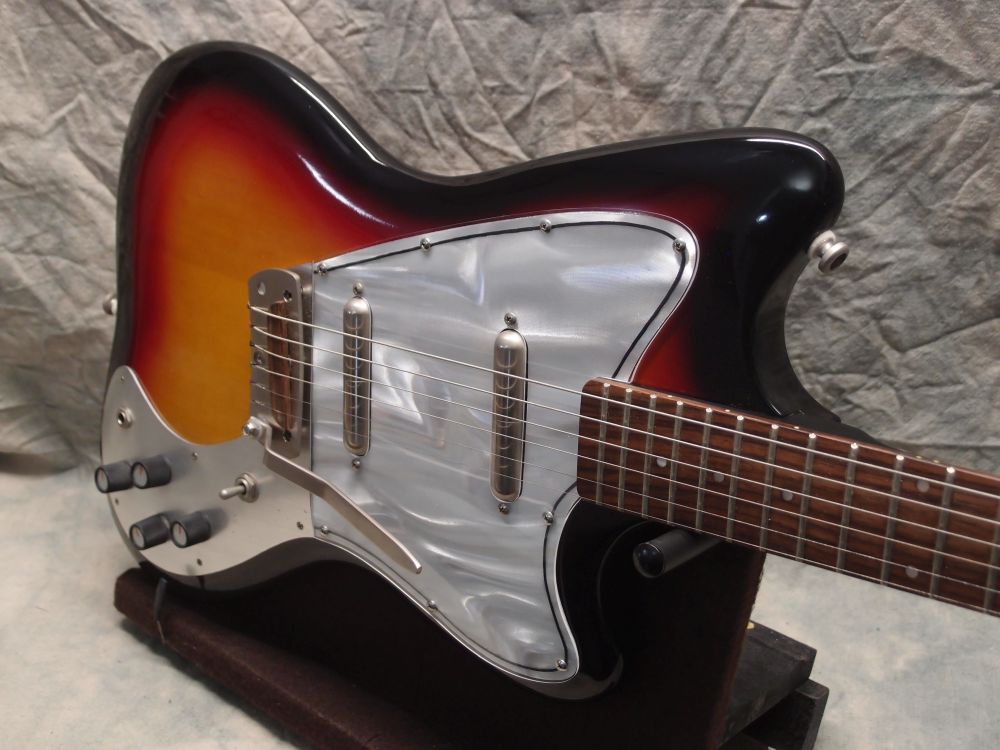
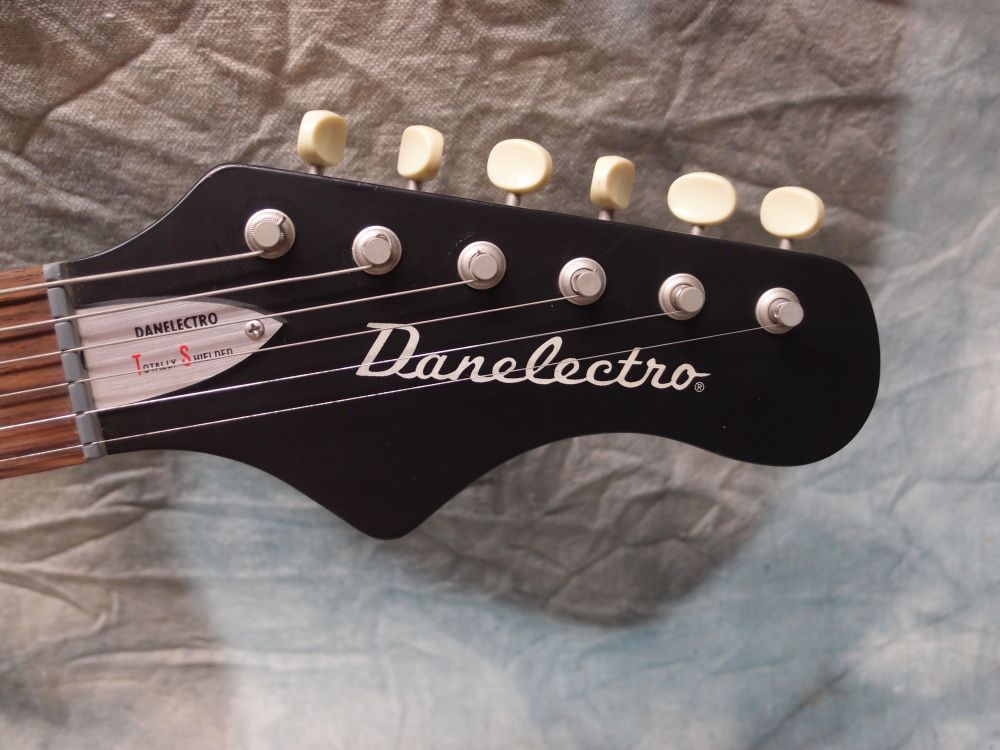
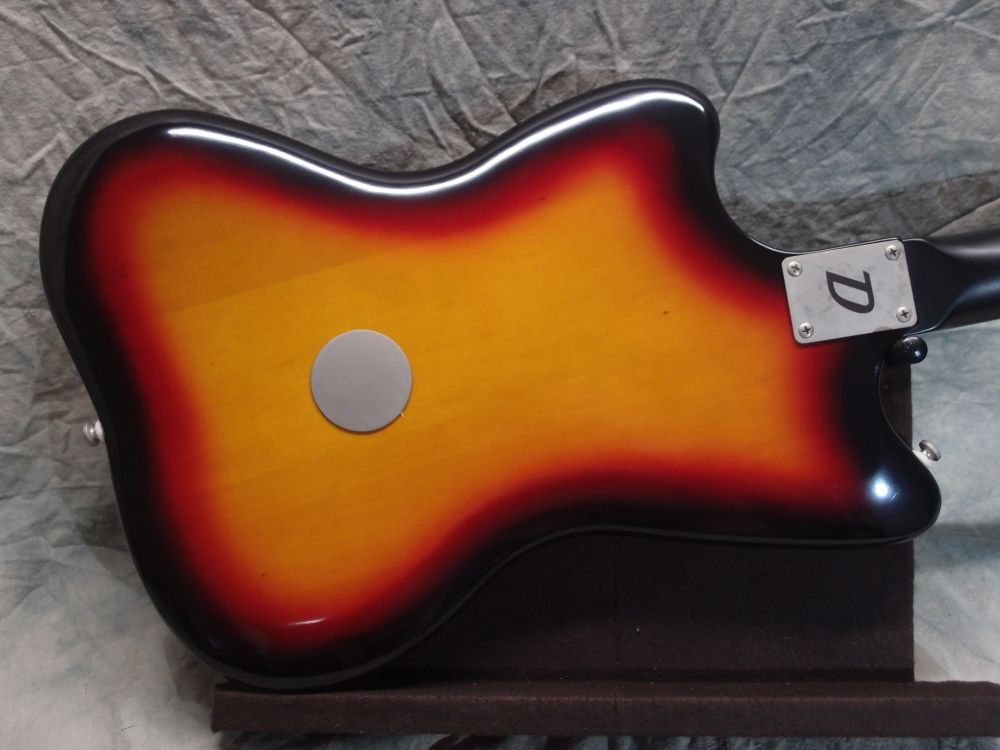
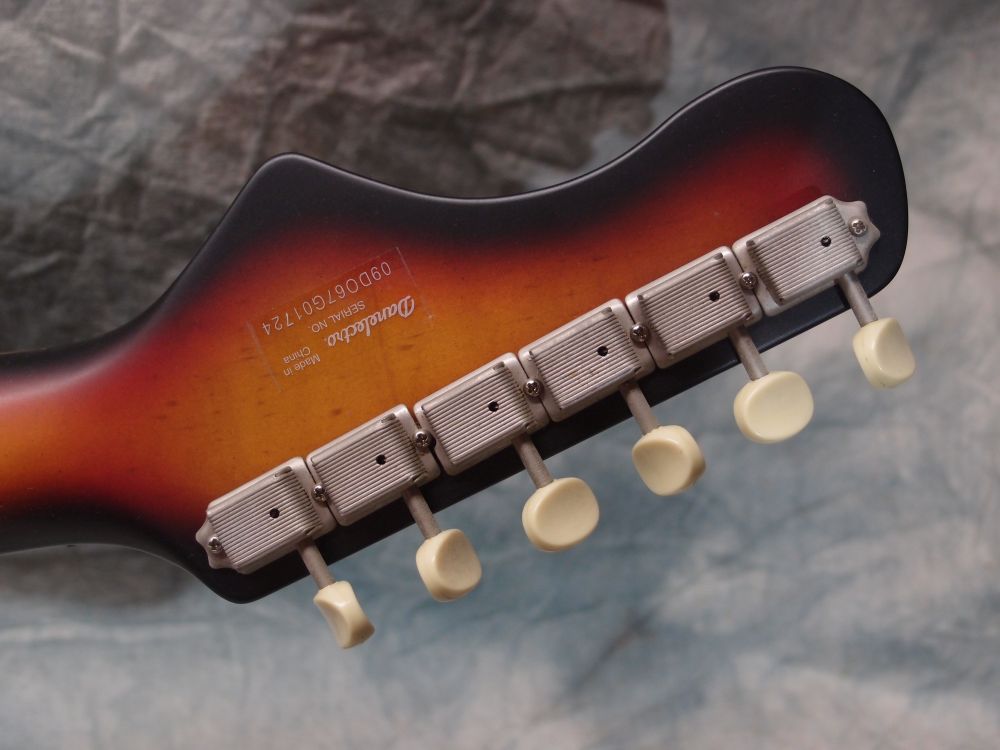
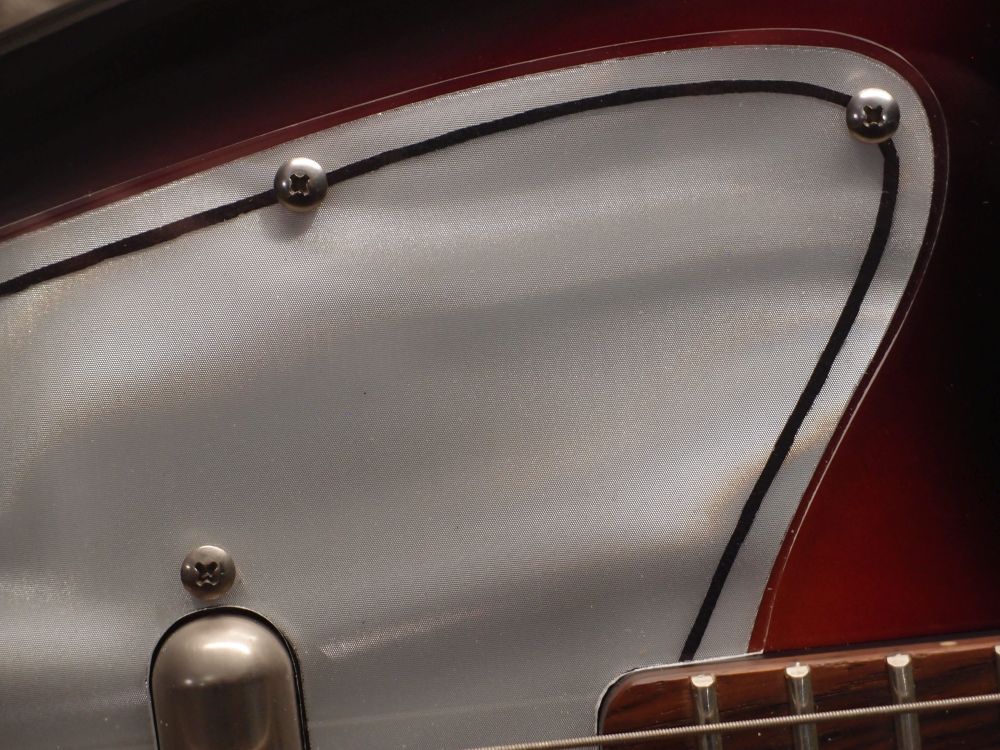
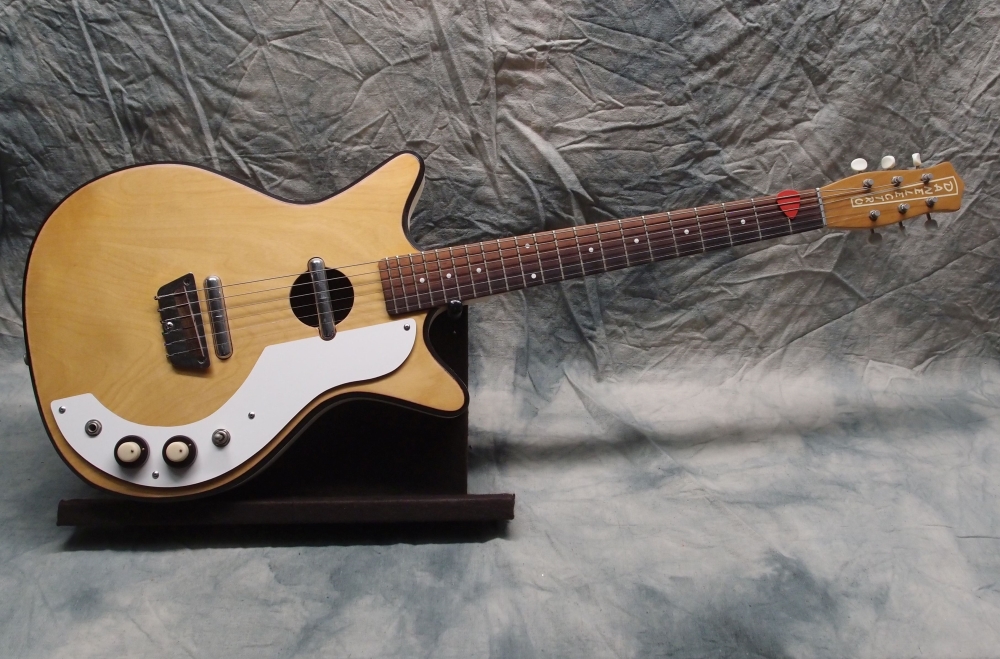
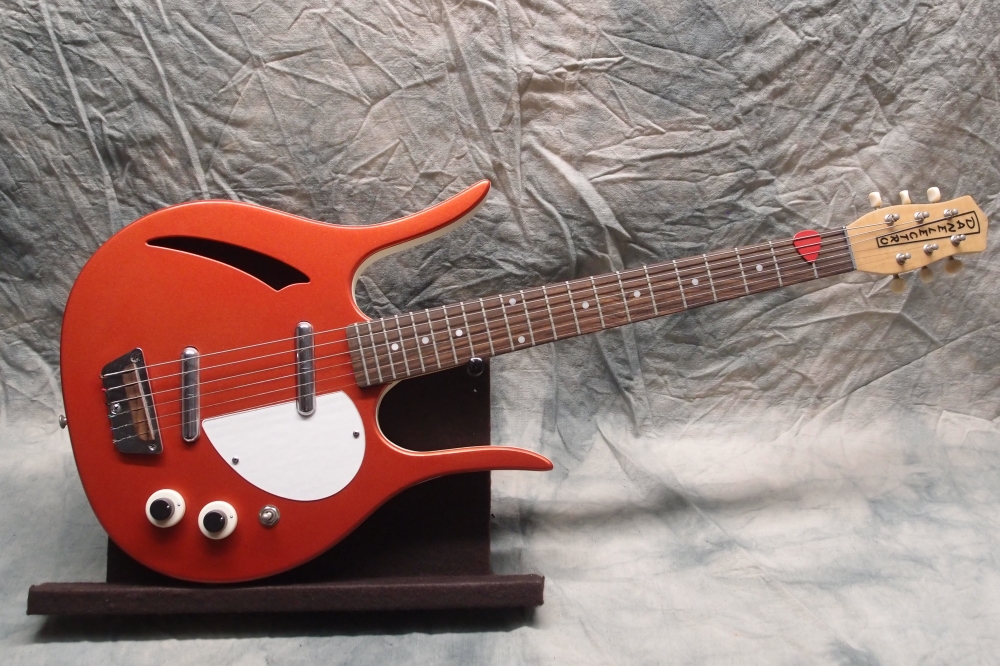
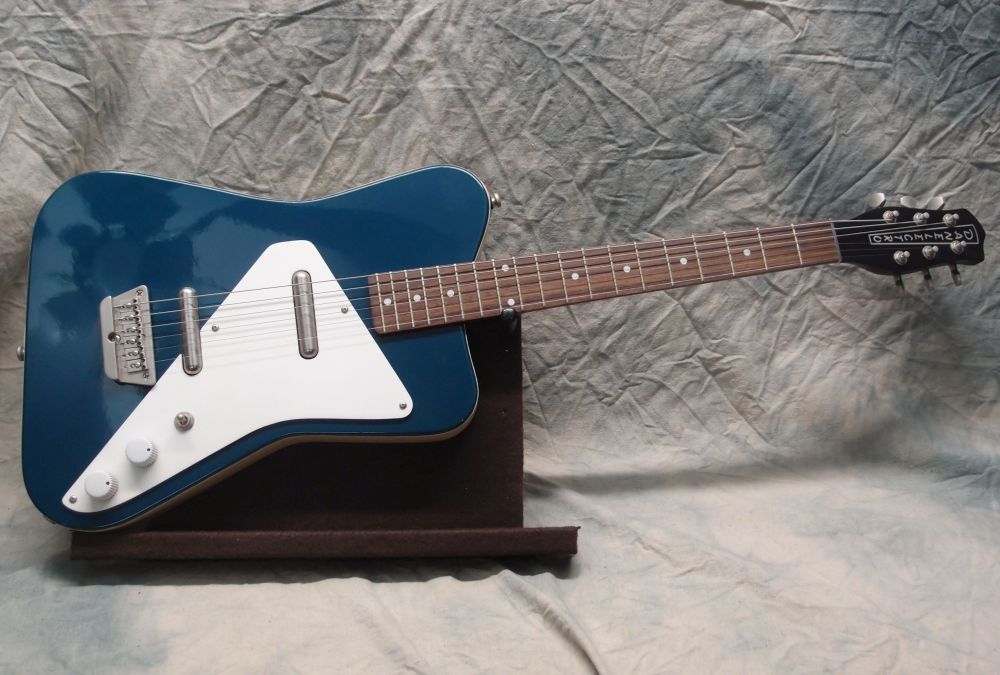

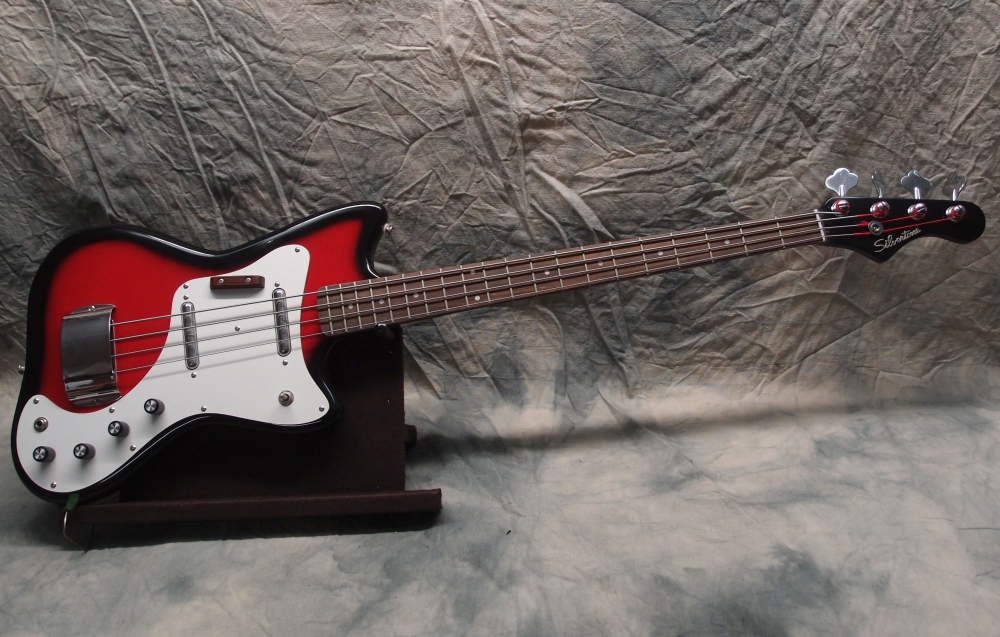
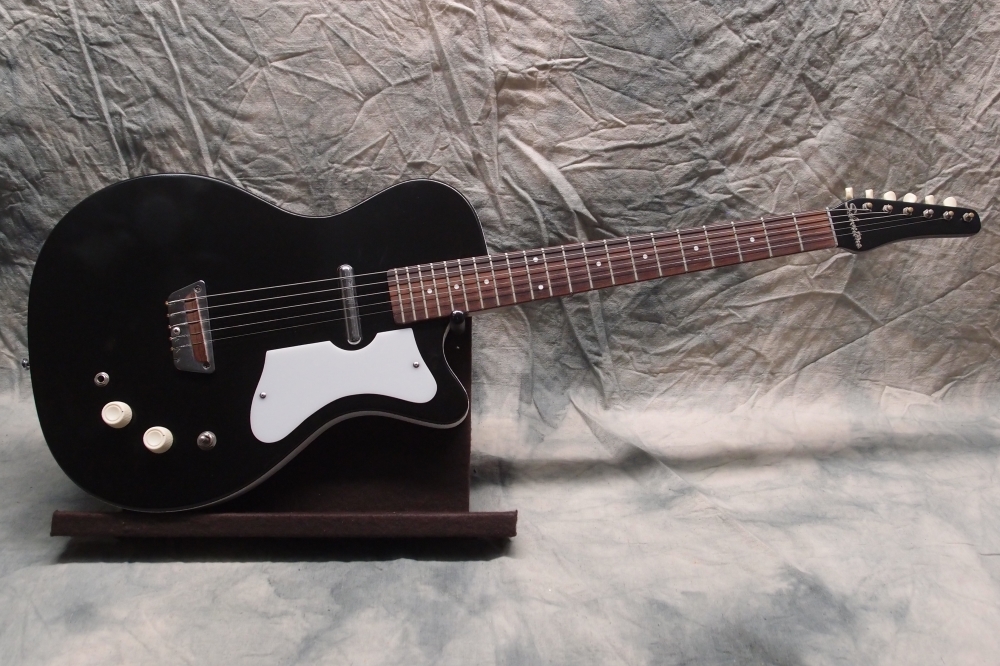
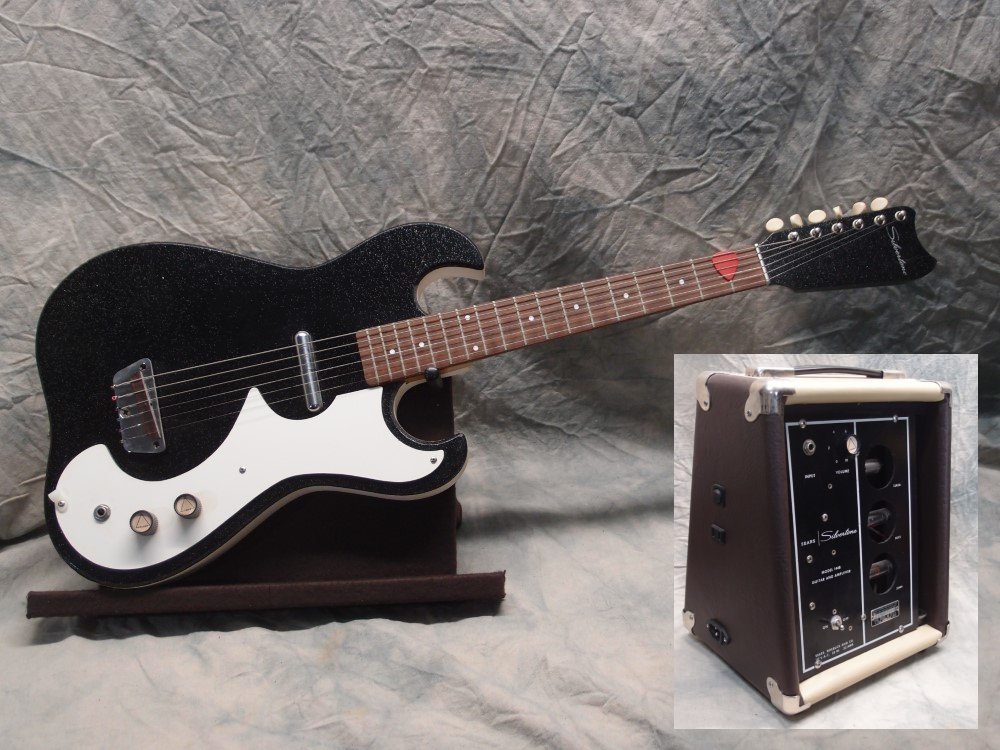
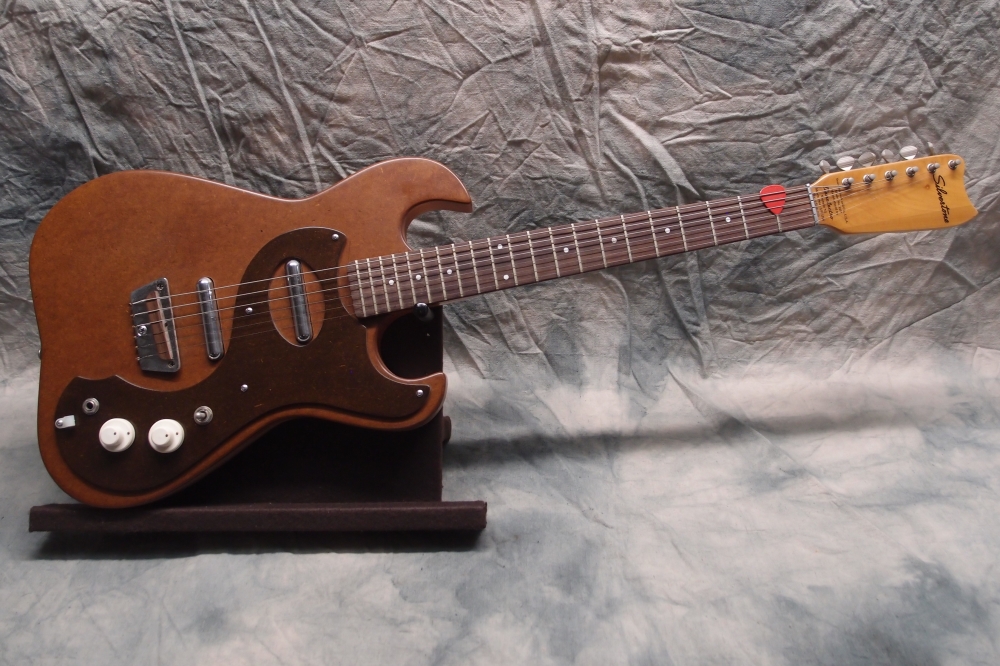
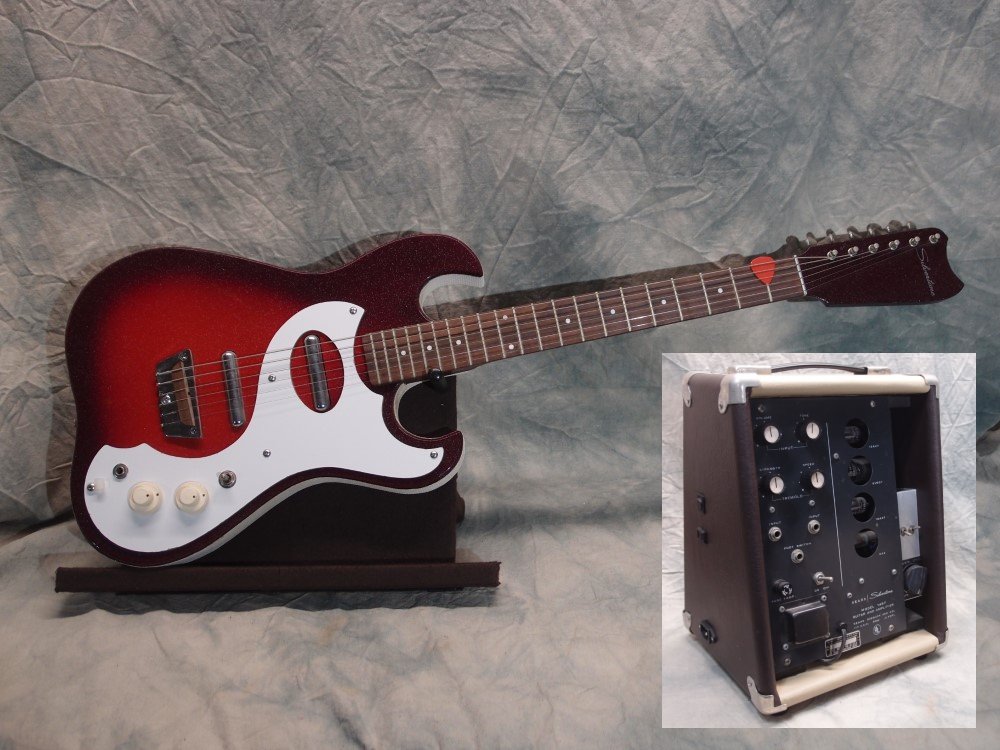

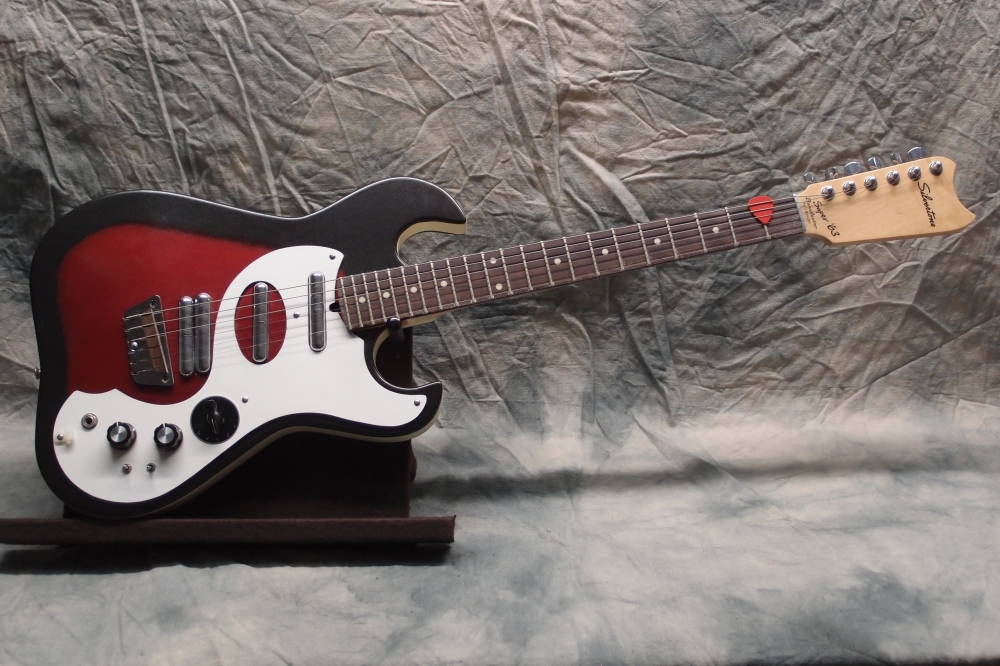
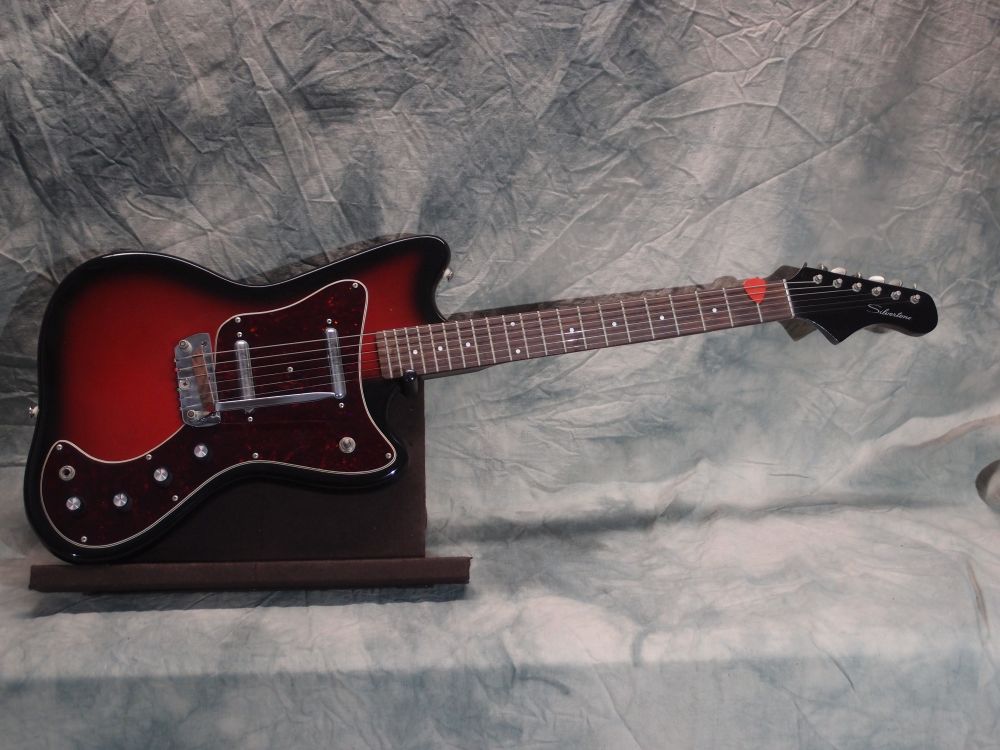
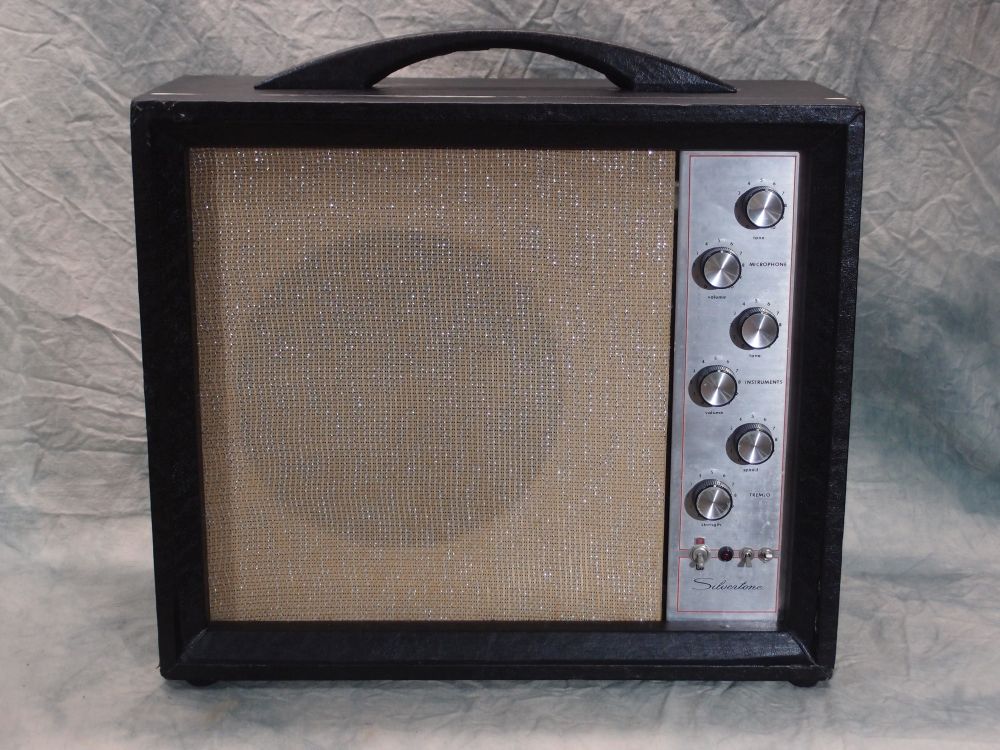
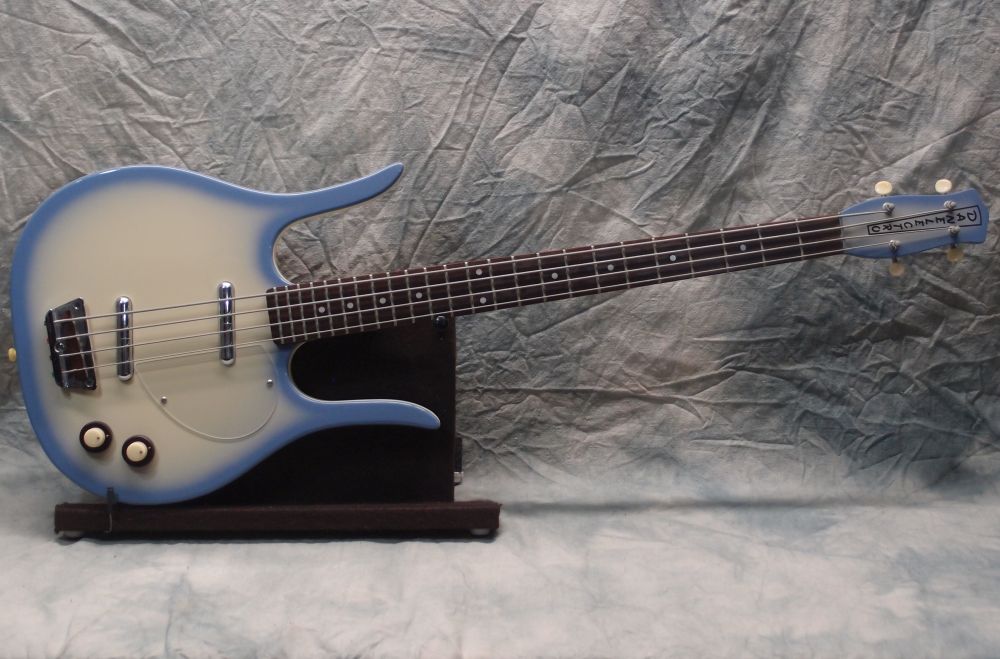

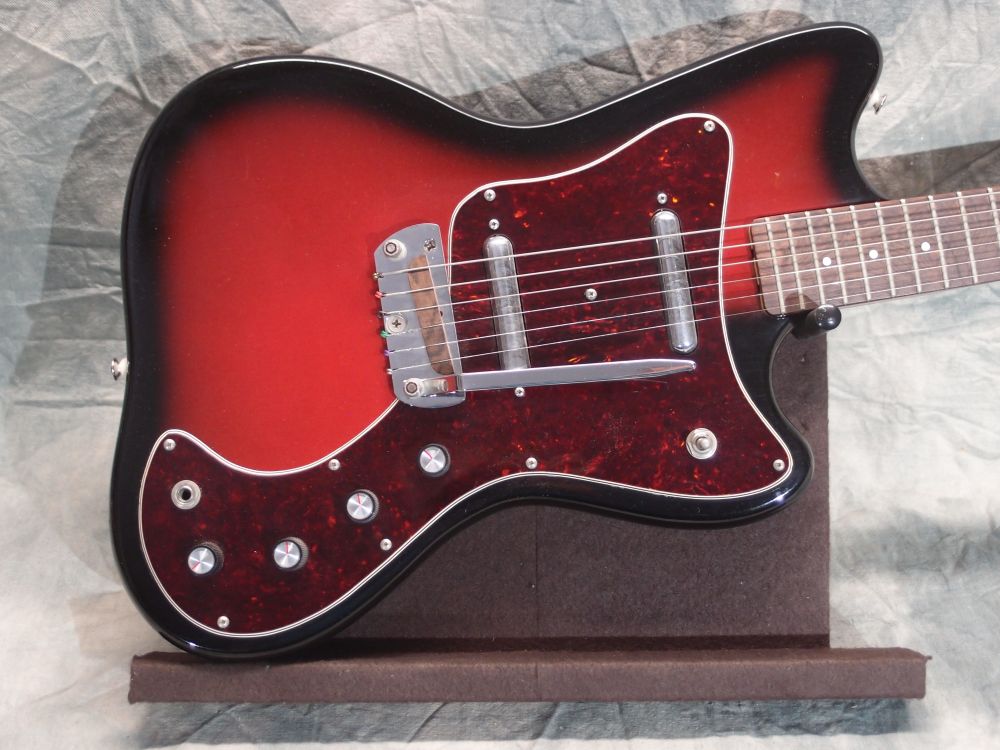
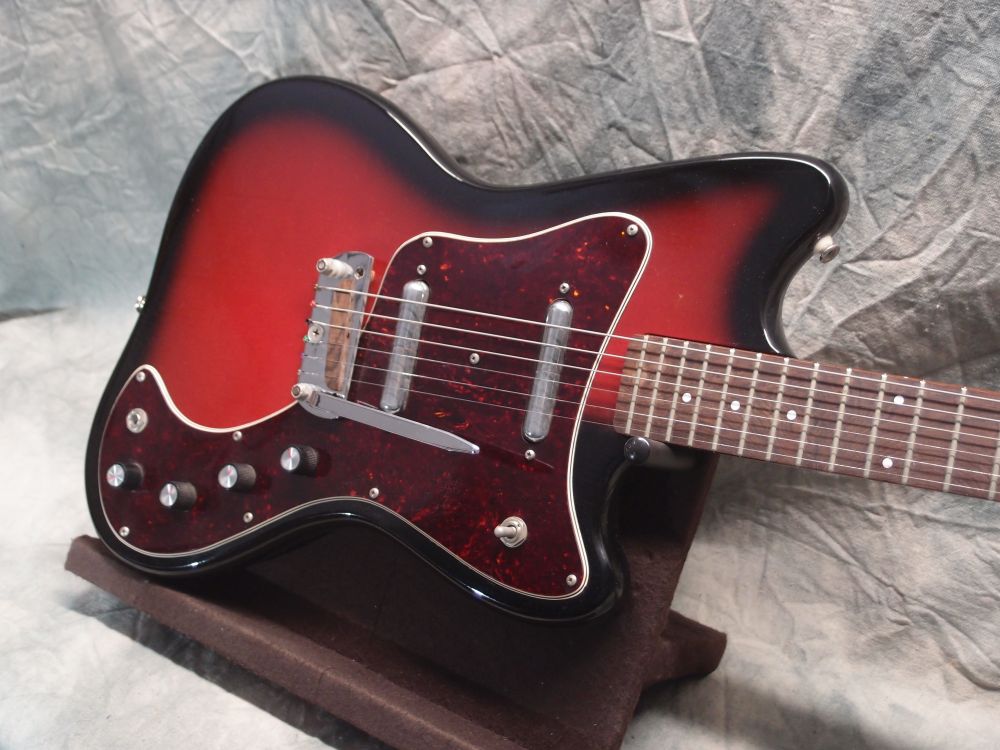
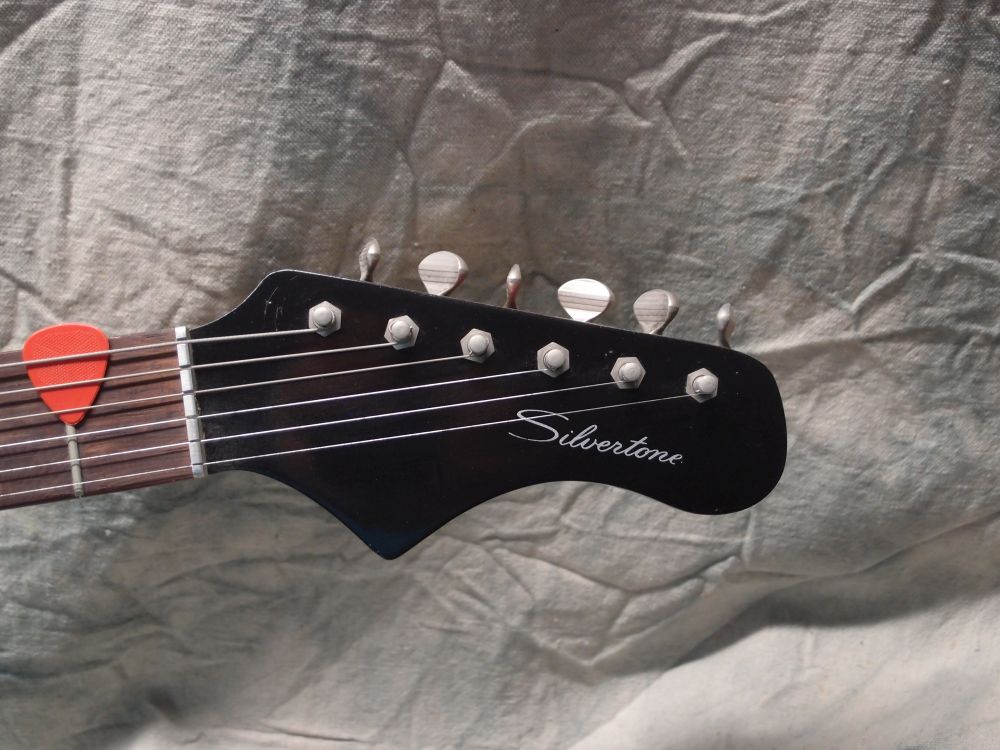

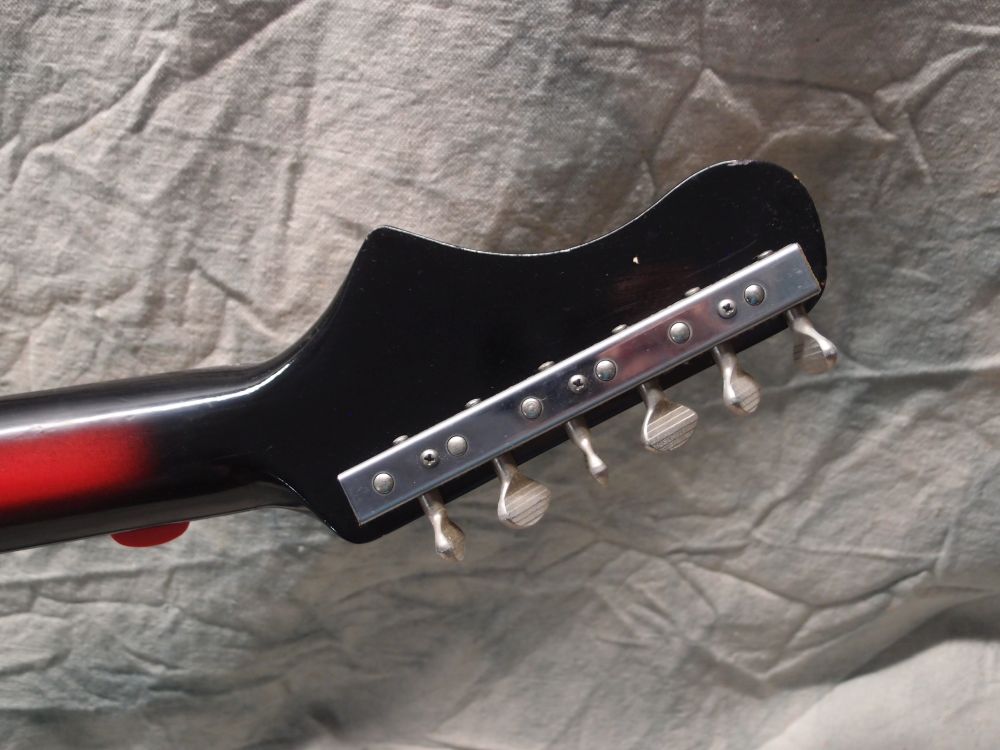


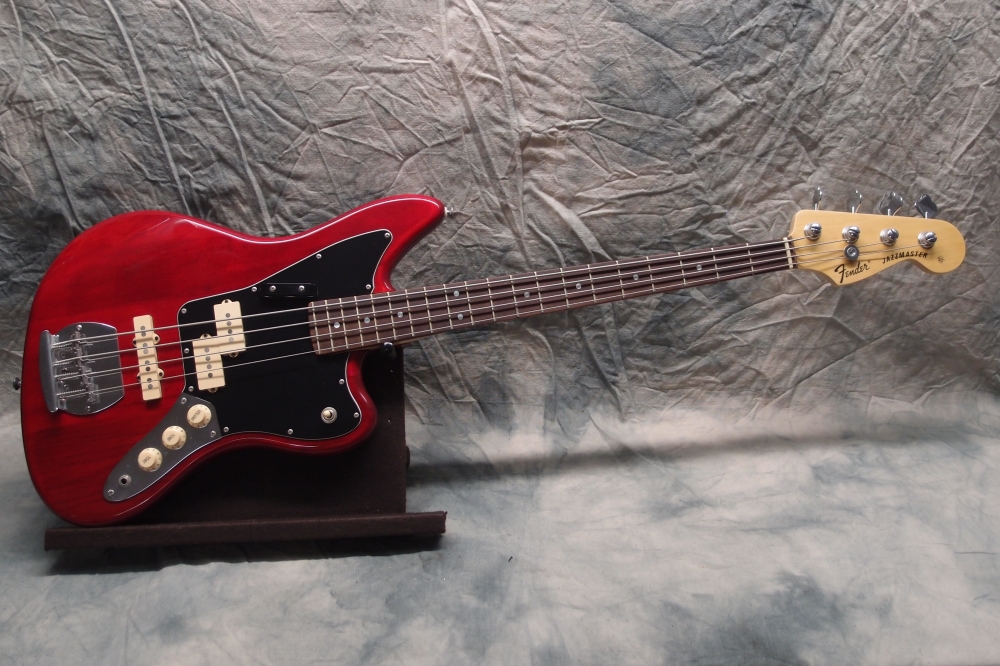
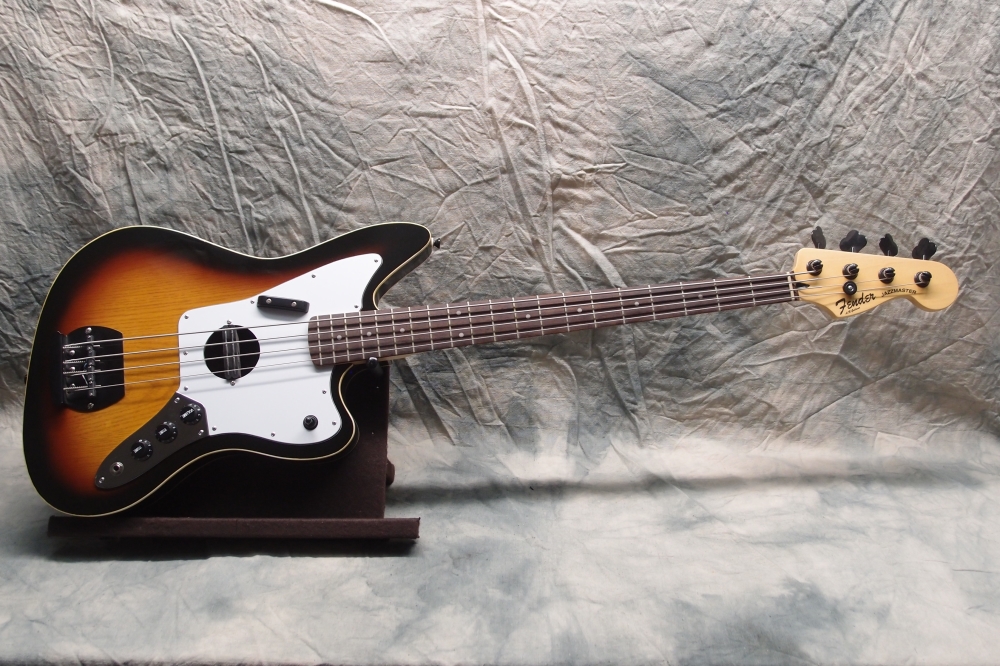


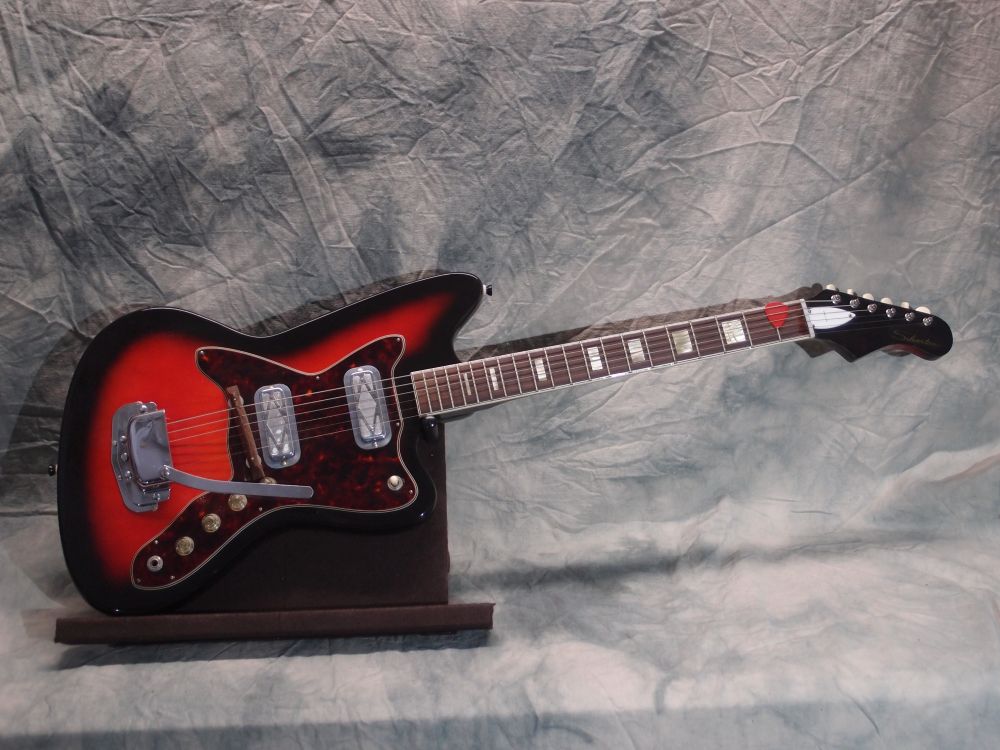

Questions or Inquiries?
Just want to say Hello? Sign the .